"Smart Growth" and "New Urbanism" Compared with "Large Lot Zoning" (Tom Lane) [ Home Page – Click Here]
(May 17, 2017) – Traditional "Large Lot Zoning" is "Greener" than "Smart Growth" within Urban Growth Boundaries . . . Copyright 2009 – 2017 . . . Tom Lane . . . Photographing California, Arizona, Nevada, New Mexico, Colorado, Utah, Oregon, and Seattle, Washington.
(Nov. 18, 2010) Oregon Growth Slows To a Crawl with Urban Growth Boundaries, Foreclosures, and Unemployment
Above: Eugene, looking south from Skinner Butte. Eugene’s haze, due to crowded smart growth conditions and air pollution, accumulating from traffic and local industry. Due to growth restrictions and declining local industry, Eugene and Lane County grew only 7% from 2000 to 2009.
(Nov. 18, 2010) Over the past two decades, Oregon Willamette Valley planners in the DLCD and TGM have acheived their goal of “slow growth” within urban growth boundaries and with smart growth principles. Today, Portland State University released its preliminary population studies for 2008-2009 (Nov. 15, 2010).
Despite high unemployment, Bend (Deschusets County), was one of the fastest growing counties in the state in the past year, at +0.8% from 2009-2010 (reaching 172,000). While Portland’s county (Multnomah) also grew at 0.8%, many counties only grew a couple of tenths of a percent, and 10 of the state’s 37 counties actually lost population. For specific counties, see the Excel spreadsheet at the link above.
This is not surprising, considering the high tax business environment, anti-timber, anti-housing, anti-natural gas, and pro-smart growth and slow growth policies (i.e. urban growth boundaries), from various State officials, including DLCD’s Director Richard Whitman, LCDC commissioners John VanLandingham and Bruce McPherson, along with DSL Director Louise Solliday (specific information on their recent land use and natural resource decisions in earlier posts below, i.e. failing to approve Bend’s urban growth boundary expansion, and liquified natural gas facilities).
While +0.8% from 2009-2010 may not like very much, consider that Bend has grown by 48% since 2000, the fastest growing county in the state. Whereas Portland (Multnomah Co.) has only grown by just only 9.7% in the past decade:
Clearly, Oregon’s heavily centralized decisions making behind closed doors in a far left environment, and consequential anti-business policies, high taxes, high impact fees, and urban growth boundaries, have achieved their desired effect – “slow growth.” It’s come with much unnecessary pain and suffering, with resulting foreclosures, unemployment, and expensive relocation to pro-business Washington State and others.
Whenever a college/retirement/tourist town such as Bend exceeds the growth of the state’s major center for trade and manufacturing (Portland), then clearly something is stalling growth.
Remember, urban economists refer to three metrics for urban economic health, as reviewed by Ed Glaeser and Joshua Gottleib of Harvard, “Urban Resurgence and the Consumer City.” These metrics are population growth, income growth, and rising productivity.
In respect to growth controls, the urban economist asks whether or not economic health is adversely impacted by excessive growth controls such as urban growth boundaries. And, the sociologist asks whether or not social programs and schools will be maintained in the face of declining tax revenues, as a function of 1) diminished population growth, and 2) high unemployment. This graph shows the slowing of Oregon’s growth rate in the past decade:
Why Do Oregon Officials Regulate Growth and Natural Resource Use?
I do not know. Hopefully, a member of the DLCD, TGM, ODOT, DEQ, or DSL will talk to the media and explain their agenda. I used to send these blog posts to senior members of all four of these agencies, and not one member has ever written in the comment boxes, explaining why they stall Oregon growth and natural resource use. It appears that Oregonians are content with a centrally planned economy, as they just elected far left Democrat John Kitzhaber in Nov. 2010. However, it was a very close election, with centrist Republican Chris Dudley losing by only a few thousand votes.
Although, the Oregon officials might tell me that I said that the Seattle metro is overpopulated in the previous post. Yes, it is, but I also said that Seattle should ideally diffuse over a larger area of Western and even eastern Washington, to eliminate externalities associated with growth (i.e. traffic, pollution, and crime).
And, I advocate for more tellecommuting and land trusts with cabins on Weyerhauser timberland, for truly affordable, green, and sustainable housing. That’s the environmentalist’s agenda to growth, compared to architecturally dull smart growth towers along light rail lines. Therefore, I do not consider the high density smart growth advocated by Kitzhaber, Whitman, and McPherson as very green.
Even though I’m conservative on economics, I share more in common with the aesthetic idealistic tree huggers. We both dislike sprwal and smart growth, and desire decentralization of population away from urban centers of millions of people. Bend, Oregon provides an ideal example for decentralization, with nature preserved around the City.
And, that’s why Bend has grown by 48% since 1990. Because we’re all tree huggers; it’s just that some of us hunt, some of us hike; others run and others mountain bike. Everybody loves small towns in the mountains such as Bend.
However, Bend crashed since DLCD imposed urban growth boundaries limit the supply of buildable land, raising its price, driving up the cost of existing housing as the entire market reached its peak, before collapsing.
Today, this is what you see in Bend – FREE RENT –
Policy Reommendations
Due to Oregon’s 12% unemployment (up to 16% in some counties), Oregon should cancel its growth management act and restrictions on timber and natural gas. All cities should be allowed to grow (or not grow) however they please. If Ashland’s rich folks don’t want Ashland to grow, and they all tellecommute from home, and elect anti-growth members of the City Council, I’ll even support that.
However, if Bend citizens and their City Council want to expand their UGB, and DLCD stops them, then perhaps those DLCD officials are not acting in the public interest, since they do not respect the people and City officials in Bend. Remember, we live in a representative Democracy, so the people of Bend have chosen pro-growth City Council members, who then appointed pro-growth planners and a City manager. The DLCD and Oregon Growth Management Act should only control public lands, and not have any influence on the decisions of incorporated cities.
Reference map of Oregon cities and counties:
DLCD Statewide Zoning Map –
This appears on the state’s web site, and it hasn’t changed since 1986.
Link: http://www.oregon.gov/DAS/EISPD/GEO/data/images/zoning.pdf?ga=t
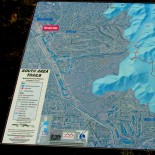







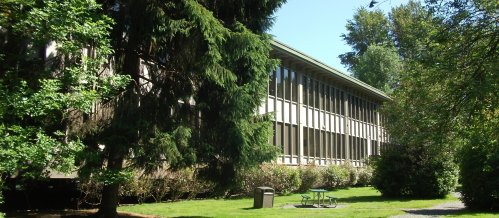
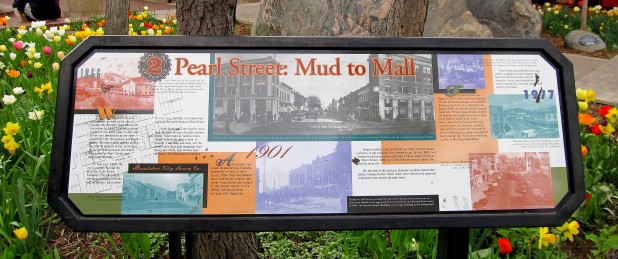

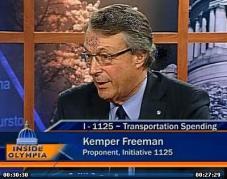
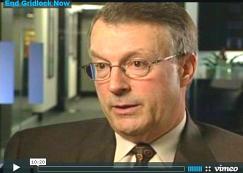





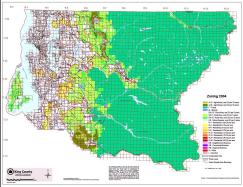
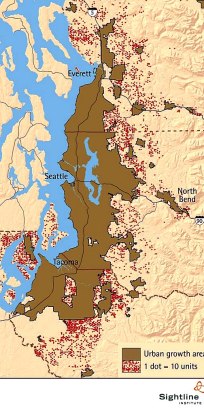
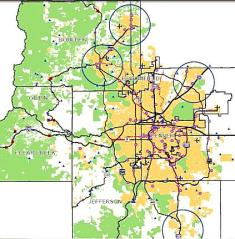
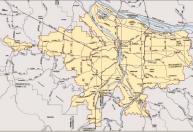
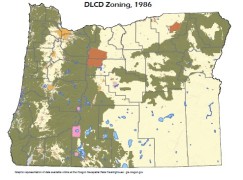
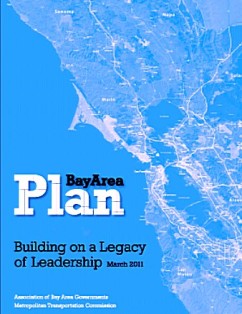

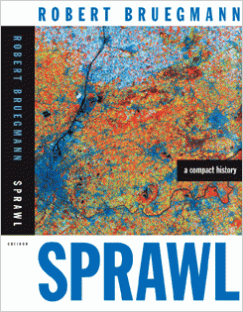
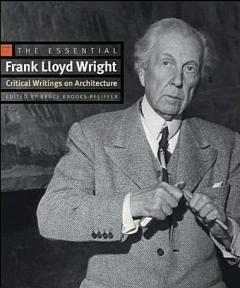
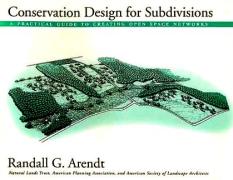
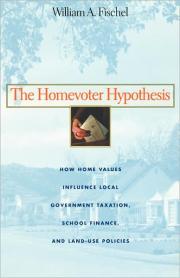

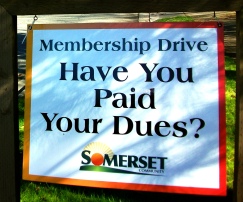
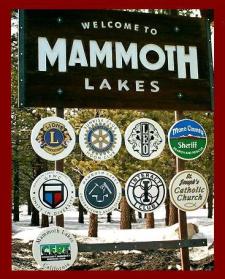
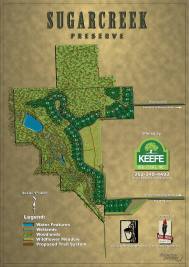

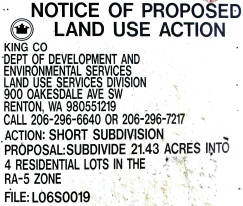
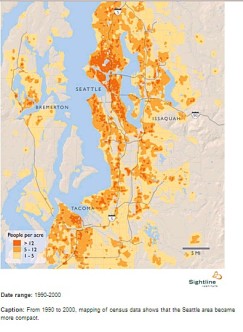

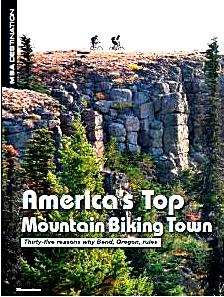
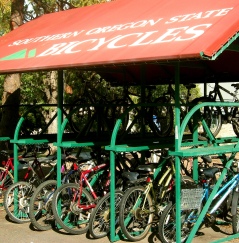

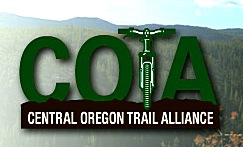






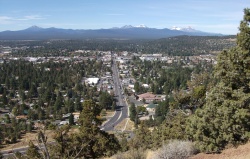
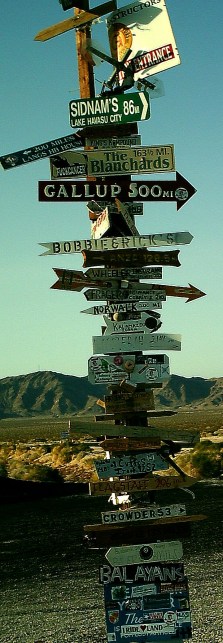



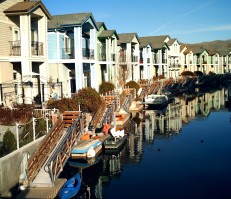


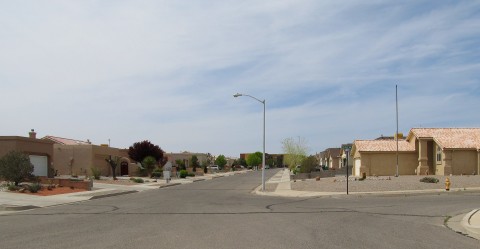
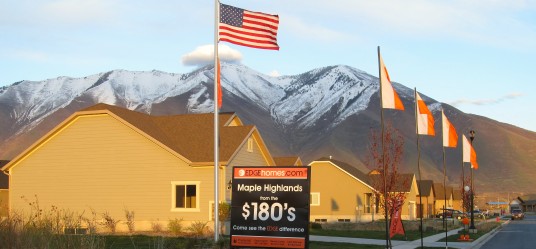
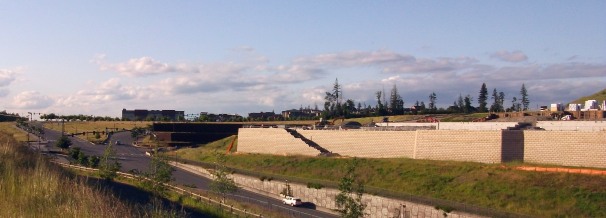


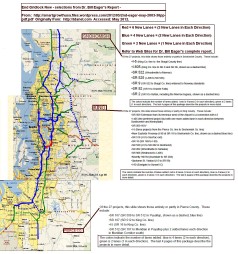
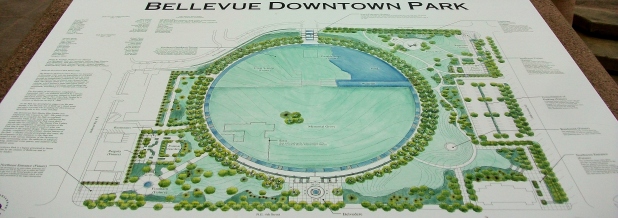


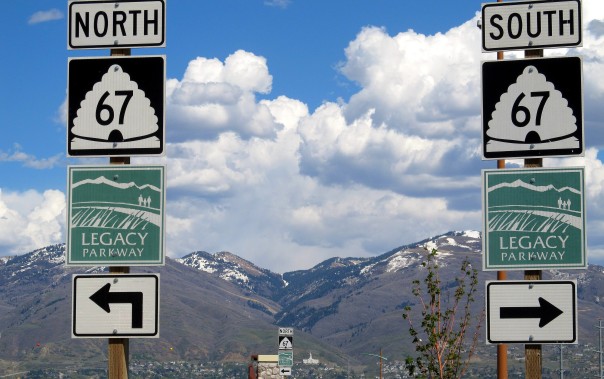
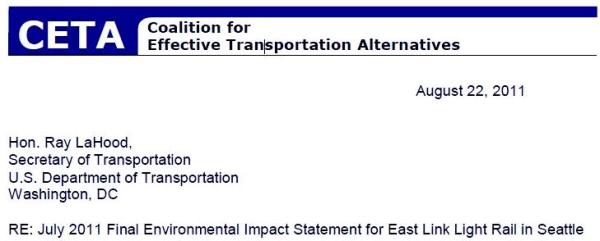
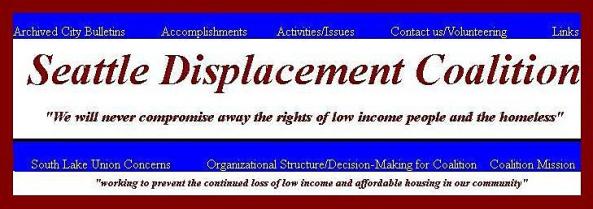
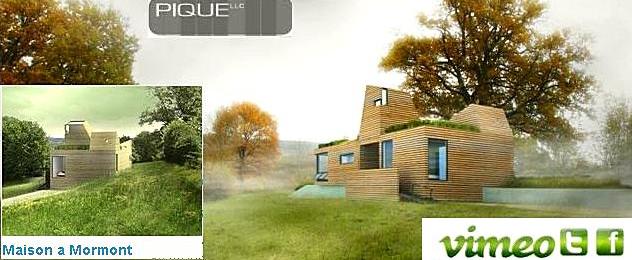


Tom,
13 years old from CAR but perhaps still relevant to your work. California Association of Realtors opposes UGB’s. Mentions 9 alternatives to UGB’s. From your other posts advocating native trees, sounds like you’d agree with them.
Urban Growth Boundaries
http://www.car.org/governmentaffairs/localgovernmentaffairs/ugb/
Local Governmental Relations Committee, Land Use and Environmental Committee, May 22, 1997
The following is for study only and has NOT been approved by the Local Governmental Relations Committee, the Land Use and Environmental Committee, the Executive Committee or the Board of Directors.
Issue: What are urban growth boundaries, why does C.A.R. oppose them, and how can REALTORS® prepare to deal with these proposals in their local communities?
Action: For information only.
Options: For information only.
Status/Summary: In November 1996, voters in five San Francisco Bay Area communities approved ballot initiatives that lock in growth boundaries for as long as 20 years. The San Francisco-based conservation group Greenbelt Alliance is promoting Urban Growth Boundaries (UBG?s) as a way to prevent the encroachment of “urban sprawl” into the Bay Area?s open spaces. The Greenbelt Alliance reports that activists in many other communities throughout the state have contacted its headquarters for more information on how to promote an urban growth boundary in their communities. Although C.A.R. has successfully defeated legislation that would mandate UGB?s statewide, REALTORS® should be aware of this emerging local growth control tool, and should be prepared to fight such proposals and/or propose more constructive solutions as alternatives.
I. Introduction
In November1996, voters in five San Francisco Bay Area communities approved ballot initiatives that lock in growth boundaries for as long as 20 years. The concept of urban growth boundaries (UGB?s), or urban limit lines, is not new, but the passage of these five ballot measures is significant because it marks the beginning of an effort by the Greenbelt Alliance, a Bay Area conservation organization, to promote UGB?s throughout the state. C.A.R. opposes urban growth boundaries and recognizes the necessity of REALTORS® to be informed about this campaign. As the state?s economy picks up steam, and growth starts to look more like it did before the downturn, growth control debates will re-ignite in local communities. This, in turn, will make UGB?s very attractive to growth control activists. Many will place UGB initiatives on local ballots. To counter the influence of the Greenbelt Alliance, REALTORS® must be informed about this issue and prepared to respond. This paper is intended to offer the background necessary to do so.
II. C.A.R.?s Position
C.A.R. opposes UGB?s because they:
1. allow no flexibility to accommodate population growth and changing economic and social conditions in a community.
2. contribute to higher housing costs by limiting construction of the housing supply to inside the boundary.
3. devalue property outside the boundary, without providing just compensation for a governmental taking.
C.A.R.?s Growth Management Task Force outlined these reasons for opposing UGB?s in its report, A Perspective on Growth Management in California: Policy Recommendations for Growth Management Issues. The report provided the framework for the guiding principles on growth management which C.A.R.?s Board of Directors adopted in January 1992.
III. The Greenbelt Alliance
The Greenbelt Alliance is a conservation organization headquartered in San Francisco. It?s mission is to protect open space in the San Francisco Bay Area. Recently, it has promoted local UGB initiatives as the solution to preventing urban sprawl. In the November 1996 elections, voters in five San Francisco Bay Area communities approved UGB initiatives promoted by the Greenbelt Alliance. Voters approved of UGB?s in the SonomaCounty cities of Santa Rosa, Healdsburg, Rohnert Park and Sebastopol, and in the Alameda County city of Pleasanton. All but the Rohnert Park measure passed easily. The Greenbelt Alliance reports activists throughout California–from Chico, Arcata, Petaluma, Windsor, Cotati and Ventura County–have called its office since the election to learn how they can pass similar initiatives in their communities.
lV. What?s Attractive About Urban Growth Bounderies?
Everyone likes open space. The Greenbelt Alliance brochure features eye-pleasing pictures of rolling hills, flowers and people lazing in tall grass. These are juxtaposed with pictures of monotonous looking, suburban sprawl and aerial photographs depicting the loss of open space to development in the Bay Area over the last 40 years. UGB?s are attractive also because of their simplicity. What could be a simpler solution to the problems and controversies associated with growth than drawing a line around a city with growth on one side and open space on the other? The most famous UGB?s are in London, England and Portland, Oregon. The British Green Belt plan calls for the preservation of large areas of open space and agricultural land surrounding urban areas with the intent to prevent urban sprawl and support infill. Since the enactment of the plan, substantial funds have been spent in compensation for property around London which otherwise would likely have been developed. Portland?s UGB divides the city?s land into three development categories: developed areas, to-be-developed areas, and long term development or “no development allowed” areas. With the assistance of state mandates anda strong regional service district, Portland created a comprehensive UGB system that is largely supported in the area. The Governor?s Office of Planning and Research, in its 1994 Book of Lists,lists 61 cities and 20 counties that have enacted, either by initiative or ordinance, a greenbelt ordinance, urban limit line or urban growth boundary in California.
V. What?s Wrong With Urban Growth Boundaries?
C.A.R. cites several flaws with UGB?s in its opposition to them. A. Inflexibility Typically, UGB?s are imposed for periods of up to twenty years. Furthermore, the lines cannot be redrawn nor can major exceptions be made–both of which might be necessary to accommodate unexpected growth–without voter approval. B. Overcrowding and Housing Affordability C.A.R. supports infill development and higher density to accommodate affordable housing; however, the higher density that inevitably occurs when UGB?s are imposed, combined with the latter?s inflexibility, leaves local elected officials defenseless against problems of overcrowding. Conversely, UGB?s do not provide local officials with the resources they need to address the factors ina community that typically work against higher density development (i.e., NIMBYism). Furthermore, the lack of choices in land development created by UGB?s puts pressure on housing prices, but local officials are left without the creativity they need to provide for affordable housing, which makes it more difficult for localities to meet their regional fair share housing allocations. C. Leapfrogging and Hobby Farms Often, UGB?s can backfire. The lack of a safety valve to accommodate rapid growth, cheap land in outlying areas, market preferences for single-family homes, and the mobility afforded by the automobile can cause leapfrogging andhobby farms. Leapfrogging occurs when development jumps to outlying jurisdictions. The recent passage of UGB?s in Sonoma County came in response to rapid growth which itself occurred due to similar policies passed in Marin County. Hobby farms, otherwiseknown as ranchettes, spring up within areas set aside for agricultural or rural designation. This occurs when wealthy homebuyers purchase the minimum amount of acreage needed to meet the land?s rural zoning. These “farms” contradict the purpose of UGB?s by creating a pattern of rural residential development well in advance of the availability of services. D. Takings Restrictions on the development of land outside a fixed UGB may leave a city open to claims by private landowners that the city is committinga taking without just compensation for the economic use of their land. However, jurisdictions typically avoid this by ensuring that the restricted land retains some economic use, such as agriculture.
VI. Alternatives to Urban Growth Boundaries
C.A.R. supports many of the goals that the supporters of UGB?s purport to promote: infill development, mixed use, higher density housing near transit corridors, conservation of significant naturalresources and revitalizing inner cities. However, in light of the drawbacks of UGB?s, C.A.R. encourages REALTORS® to emphasize any one or more of the many land use planning tools already available to local officials as alternatives to UGB?s: General Plan
1. Zoning Ordinances
2. Congestion Management Plans
3. Natural Community Conservation Plans
4. Agricultural and Open Space Preservation Programs
5. Transfer of Development Rights
6. Conservation Easements
7. Mitigation Banking
8. Williamson Act Tax Preferences for Agriculture
9. Local and Regional Parks
VII. What Can REALTORS® Do?
As the economy and development pick up speed, the popularity of UGB?s is certain to tap into peoples? penchant for open space and growth control. The Greenbelt Alliance?s effort to promote UGB?s is likely to catch on in many communities. This does not mean that REALTORS® are helpless to prevent this. There are many things that you can do to ensure that your local officials adopt sound policies that accommodate growth along with the need for open space. Here are some suggestions: A. Stay Informed–There is no substitute for being knowledgeable about politics in your community. This is the only way to know in advance if a UGB is being considered in your community.
B. Be Proactive–The alternatives to UGB?s take more time and consideration than UGB?s. (Remember, simplicity is one of the most attractive things about UGB?s.) If activists begin to circulate petitions for a UGB in your community, you may have already lost the battle.
C.Stay Involved–This is the best way to be proactive. REALTORS® who sit on planning commissions, city councils or other bodies, or who just have a visible presence in the halls of their local government, are much more effective in conveying the concerns of the REALTOR® community than those who show up at the eleventh hour. But what do I do if an urban growth boundary proposal catches on in my community? The response to a UGB is very much the same as to any other issue that REALTORS® oppose but which becomes popular locally. The first thing to do is organize the local REALTOR® community and reach out to other constituent groups to form acoalition. For example, local building industry associations, labor organizations, chambers of commerce and property owner groups should be approached. You will also want to communicate your position to the elected officials and the voters in your community. Finally, your response will depend on the circumstances in your community that allowed the UGB to become popular. For example, if traffic congestion is the problem, REALTORS® may argue that leapfrogging to other communities will further exacerbate thesituation. REALTORS® will want to respond directly to those issues in any of the published informational materials they distribute in response to the proposal. (See attached.) C.A.R.?s Public Policy Division has other published materials to help you organize a campaign should a UGB become an issue in your community.